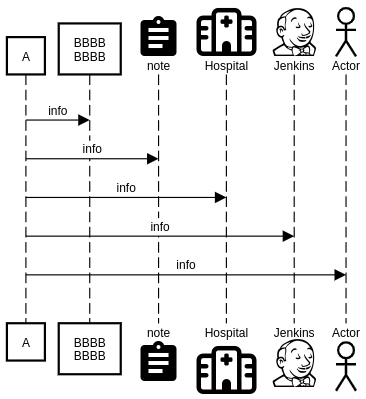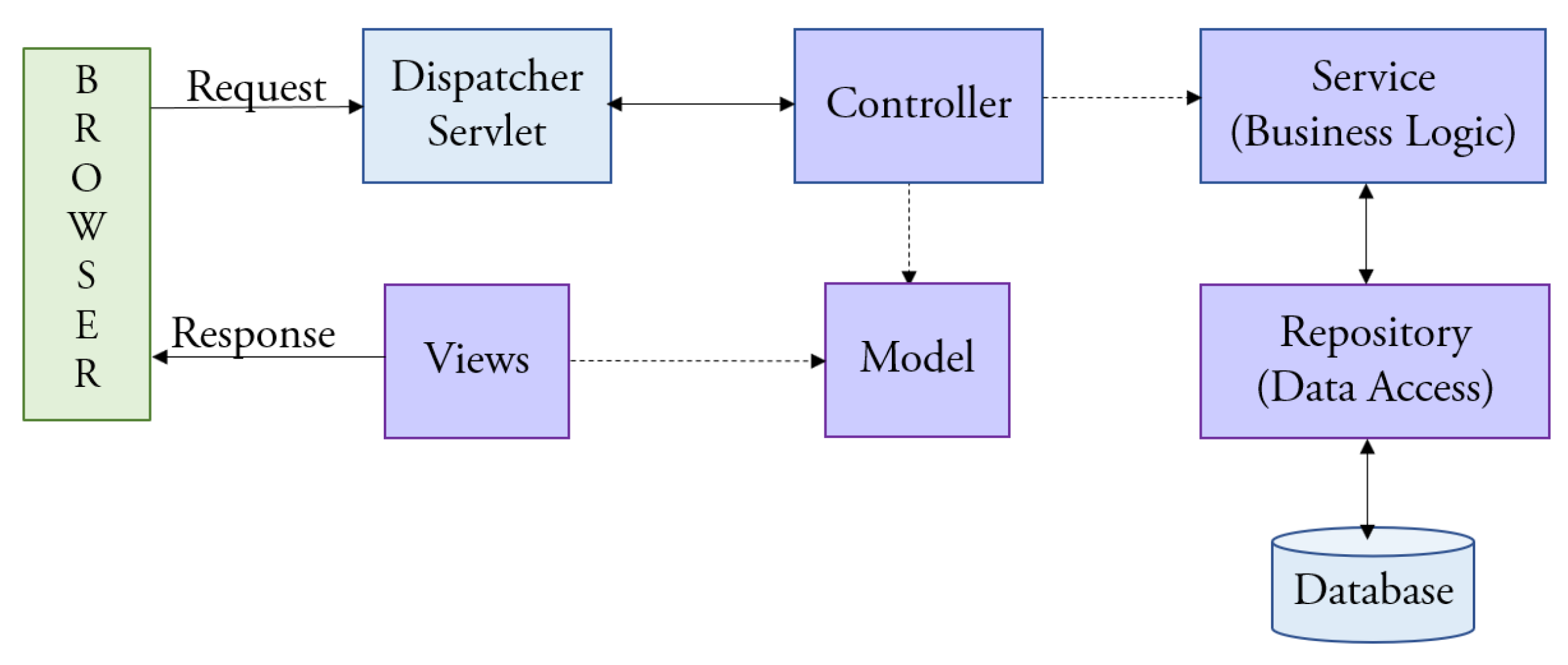

They describe both the static structure and the dynamic behavior of a system. They're a special instance of a sequence diagram, except time is shown to increase from left to right instead of top down.Ĭommunication diagrams model the interactions between objects in sequence. You should use the same notation on interaction overview diagrams that you would see on an activity diagram.Ī timing diagram is a type of behavioral or interaction UML diagram that focuses on processes that take place during a specific period of time. They model a sequence of actions and let you deconstruct more complex interactions into manageable occurrences. Interaction overview diagrams are a combination of activity and sequence diagrams. Sequence Diagram Sequence diagrams describe interactions among classes in terms of an exchange of messages over time. Typically, activity diagrams are used to model workflow or business processes and internal operation. An activity represents an operation on some class in the system that results in a change in the state of the system. Learn moreĪctivity Diagram Activity diagrams illustrate the dynamic nature of a system by modeling the flow of control from activity to activity. Use Case Diagram Use case diagrams model the functionality of a system using actors and use cases.

They can be used to test class diagrams for accuracy.Ĭomposite structure diagrams show the internal part of a class. Object diagrams describe the static structure of a system at a particular time. Package diagrams organize elements of a system into related groups to minimize dependencies between packages. Package diagrams are a subset of class diagrams, but developers sometimes treat them as a separate technique. Watch this short video about UML Class Diagrams They describe the static structure of a system. These diagrams are organized into two distinct groups: structural diagrams and behavioral or interaction diagrams.Ĭlass Diagram Class diagrams are the backbone of almost every object-oriented method, including UML. The current UML standards call for 13 different types of diagrams: class, activity, object, use case, sequence, package, state, component, communication, composite structure, interaction overview, timing, and deployment. To learn more about creating UML diagrams: The key to making a UML diagram is connecting shapes that represent an object or class with other shapes to illustrate relationships and the flow of information and data. It also renamed statechart diagrams to state machine diagrams, also known as state diagrams. The four new diagrams are called: communication diagram, composite structure diagram, interaction overview diagram, and timing diagram.

The original UML specified nine diagrams UML 2.x brings that number up to 13.
VIOLET UML EDITOR HOW TO MAKE A BLACK BOX SOFTWARE
Added the ability to define a hierarchy and decompose a software system into components and sub-components.Improved integration between structural models like class diagrams and behavior models like activity diagrams.UML 2.0 helped extend the original UML specification to cover a wider portion of software development efforts including agile practices.
VIOLET UML EDITOR HOW TO MAKE A BLACK BOX FREE
Now you will choose a free model or create a UML diagram yourself by using a blank template.UML stands for Unified Modeling Language. Click on the UML Modeling and wait for the templates to load. Different types of visual data will appear, including Data Flow, Room, Program Structure, Booch OOD, and many more. On the navigation pane on the left side of the screen, scroll down to Software development. Launch Edraw Max Online by opening this link on your browser. Follow this UML diagram tutorial step by step to create a UML diagram online. To learn how to create a UML diagram online, we will use Edraw Max online. There are 13 different types of UML diagrams as per the official UML standards, and they are categorized into two distinct groups based on their behavior, structure, and dependencies. To learn how to draw a UML diagram, you first need to know about the different types of UML.


 0 kommentar(er)
0 kommentar(er)
